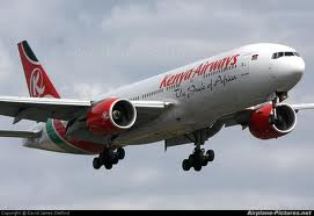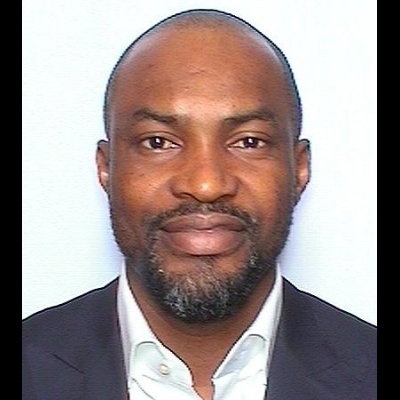By MediaGlobal
Published May 1, 2010
An extremely serious food crisis currently threatens southern Sudan, and the area around Akobo has been described by UN officials as ‘the hungriest place on earth.’ There is serious concern that the area is on the brink of major famine, and the UN have estimated that 4.3 million people in southern Sudan are in urgent need of food assistance. Aid organisations, such as Medair and Save the Children, have been working in the area and have been searching for extremely malnourished children around the Akobo region. Media reports from the region tell of emaciated, starving children and elderly people too sick from hunger to walk.
Abebaw Zeleke, Director of Programme Implementation for Save the Children in South Sudan, says one of the main reasons for the food crisis in the region is that there was a significant increase in violence around Akobo in 2009, and that this resulted in thousands of people being forced to flee their homes. This also affected the local’s ability to grow their own food, so that it was expected to see some increase in malnutrition levels. However he says that the extent of the deterioration in food security was unexpected and is now extremely alarming.
“The figures of malnourished people are the highest that have been recorded in southern Sudan since 2005 and are three times the World Health Organisation’s threshold for an emergency. We have also seen malnutrition rates increase in neighbouring countries this year, in particular Kenya and Ethiopia who have also experienced severe droughts. The south is heavily dependent on importing food from these countries and the food shortages in neighbouring countries have forced food prices out of reach of the vast majority of people in areas such as Akobo,” Zeleke says.
RELATED: Know Tourism and the Law for Successful Business
Save the Children is in the process of setting up a new feeding programme which targets all children under 5, as well as their mothers and pregnant women. This will be running over the coming days and will save the lives of young children. In a region where a 15-year-old girl is more likely to die in childbirth than she is to complete primary school, life for children in the south will remain tough for many years to come. Our greatest fear is that we will continue to see children being caught up in violence, being forced to flee from their homes and being separated or abducted from their families. Long term commitment is required by the government and the international community to ensure that the lives of children improve over the coming years.
Aid organization Medair, that works to help the most vulnerable people affected by crises in Africa, the Middle East, and Asia, have also been working in southern Sudan to assist in the food crisis.
Jeri Westad, Medair’s Southern Sudan Country Director, says, “It’s very possible that we are seeing the beginning of a devastating food crisis across Southern Sudan. This is the start of the food gap for this year and if there is another season of drought we will see more and more vulnerable children like the ones Medair and Save the Children are treating in Akobo. There are other counties such as Ikotos where we have seen an increase of malnutrition rates and have reason to be concerned should there be diminished rains and crop failure again this year. It is critical that during this period of uncertainty the supply of food and human resources are made available to those most vulnerable.”
A MediaGlobal Article




